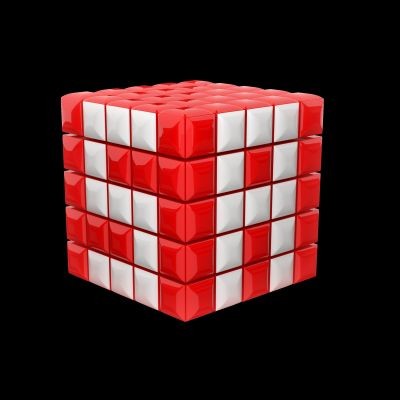Pool Chemistry 101 : Swimming Pool Tips with Blake
https://poolsupplyworld.com/?utm_medium=organic&utm_source=youtube&utm_campaign=pool-chemistry-101
Learn about the 5 most important chemical levels in your swimming pool. Got questions? Email us directly at marketing@poolsupplyworld.com
Video Transcription:
Hey! Blake here from PSW and I’m back today to talk to you about Pool Chemistry 101. We’re going to cover the 5 chemicals in your pool so you. Its important to know what they are, what they do, and what the ideal range is - so you can have a trouble free swimming pool.
First we will dive in with Free Chlorine (or FC)
Free Chlorine is the sanitizer that is going to keep your pool safe and free of germs. When there is FC in your pool, its available to breakdown organic matter - like algae - to keep your pool safe. FC can be consumed one of two ways: by breaking down organic matter like algae, or it can burn off from the sun. For that reason, it is important to understand that you need to continuously replenish the FC level in your pool. The ideal FC level in your swimming pool will vary based on your CYA level, which we will get to in a minute.
Acidity (pH)
pH is the acidity level of your pool, so it will indicate how acidic or basic your pool is. It’s important to have it in the sweet spot because if it gets too low, it will burn your eyes or skin. If pH gets too high, it can damage metal components of your swimming pool. The ideal level is 7.4 to 7.8. You can lower pH by adding acid, or you can raise your pH level by using soda ash. We sell both of those products - we call them pH-UP and pH-Down - but you can also use muriatic acid, or dry acid to lower pH, and soda ash to raise it.
Total Alkalinity (TA)
TA stands for Total Alkalinity, which will buffer the changes in your pH level. If you have low TA, your pH level is going to be wild going up and down a lot. If you have high TA, then your pH is going to drift up pretty quickly. The sweet spot for TA is going to be between 70-90 parts per million.
Calcium Hardness (CH)
Next up we have calcium hardness. Just like it sounds, CH measures how much calcium is in your swimming pool. If you don’t have any calcium in your water (and you have a plaster or gunite pool), then the water is going to dissolve the calcium out of the walls of the pool. If your calcium level gets too high, you can get calcium scaling (which is a pain to deal with). The ideal level, assuming you have a plaster or gunite pool, is 250-350 ppm. If you have a vinyl pool, you don't need any calcium at all, but it won’t hurt anything as long as it’s below the 350 level.
Cyanuric Acid (CYA)
Last but definitely not least is Cyanuric Acid (CYA). Basically, CYA acts like sunscreen for the free chlorine in your pool. We talked about how FC can be consumed by breaking down organic matter, or by burning off from the sun. Well the CYA helps reduce that burn-off from the sun, but it also lowers the effectiveness of the free chlorine less to fight algae.
Theres a sweet spot. You definitely want some in your pool, otherwise your chlorine will evaporate from your pool quickly. But if you have too much, then the free chlorine isn’t going to be able to do it’s job and keep your pool sanitized.
If you have a saltwater generator, the recommended level is between 60-80ppm.
If you don’t have a saltwater generator, then you want to be between 30-50ppm.
Something to keep in mind about CYA, unlike any of the other chemicals we talked about, is that the ONLY way to lower CYA is by replacing some of the water. There is no chemical you can use to bring your level down. Now you can put CYA in your pool (sometimes called stabilizer). But there is no way to lower your CYA besides draining some water and diluting it with fill water which has no CYA.
That’s pretty much it. There are other chemicals and components in your swimming pool, but these are the most important five that you should be familiar with.
If you have a brand new pool, you should test your water as often as possible to get familiar with the pool. Once you are familiar with you levels and understand how they shift, you can switch to testing these levels weekly.
If you have any questions about these chemical levels, or any other chemicals in your pool, feel free to comment below.
Happy swimming!
https://poolsupplyworld.com/?utm_medium=organic&utm_source=youtube&utm_campaign=pool-chemistry-101





















